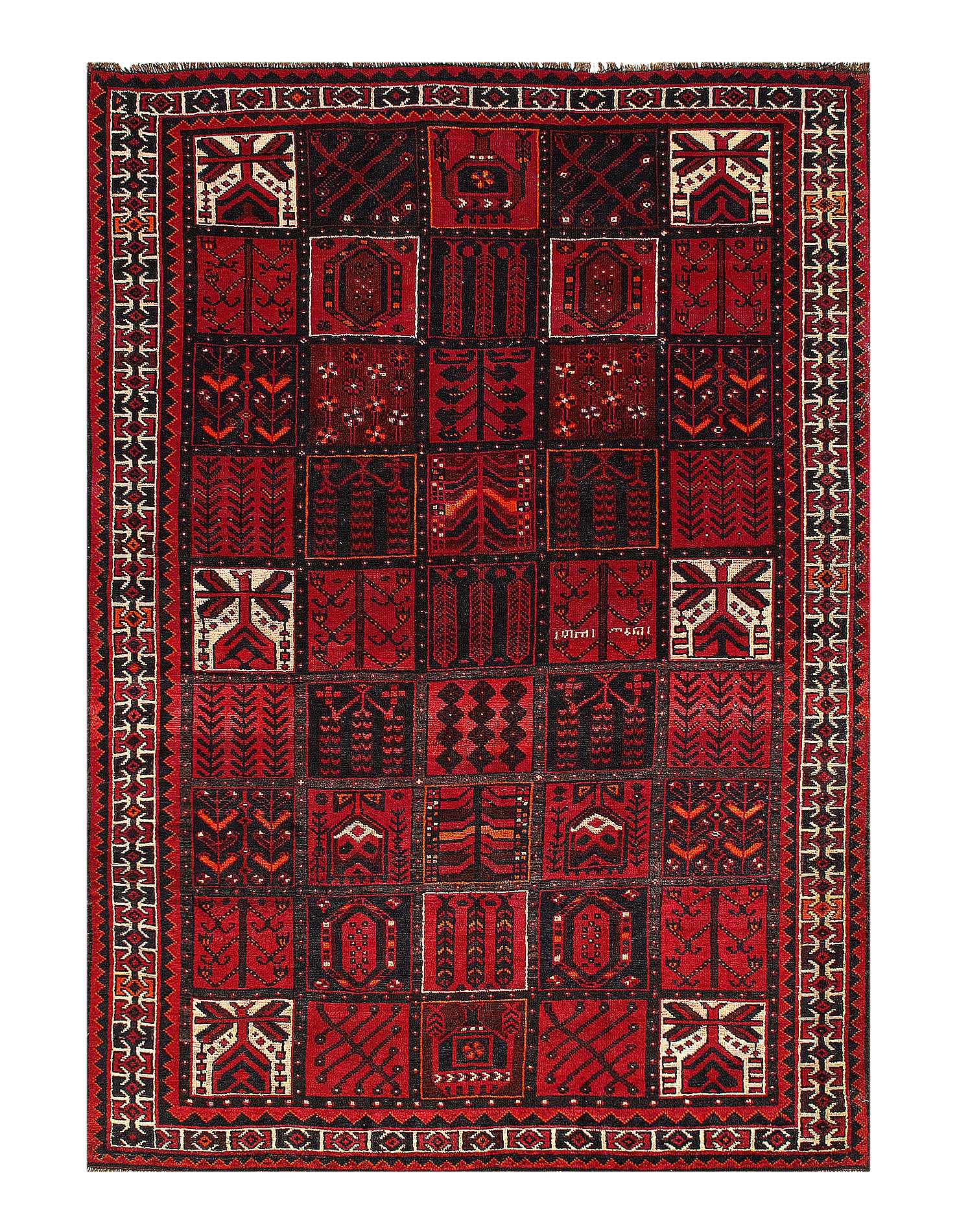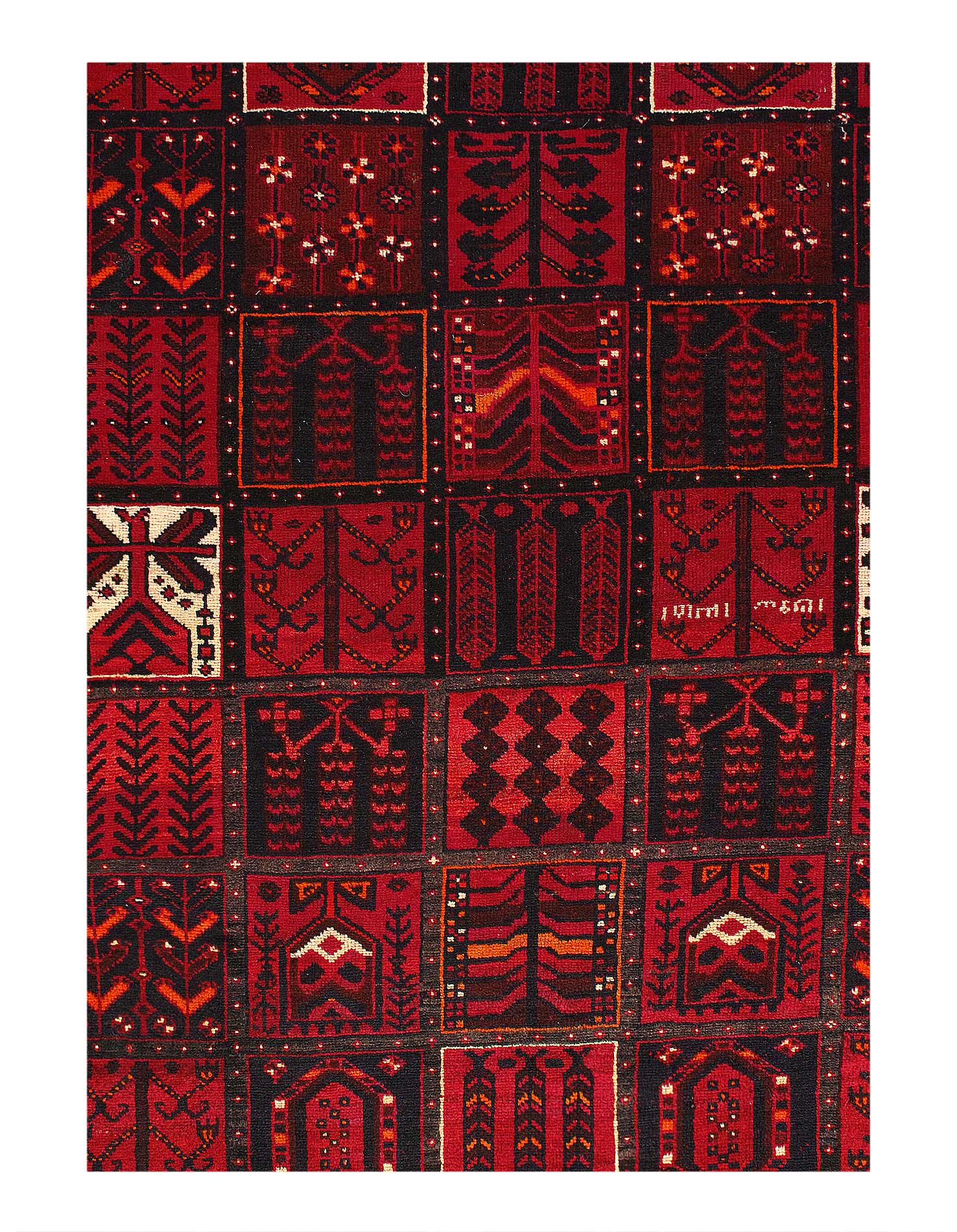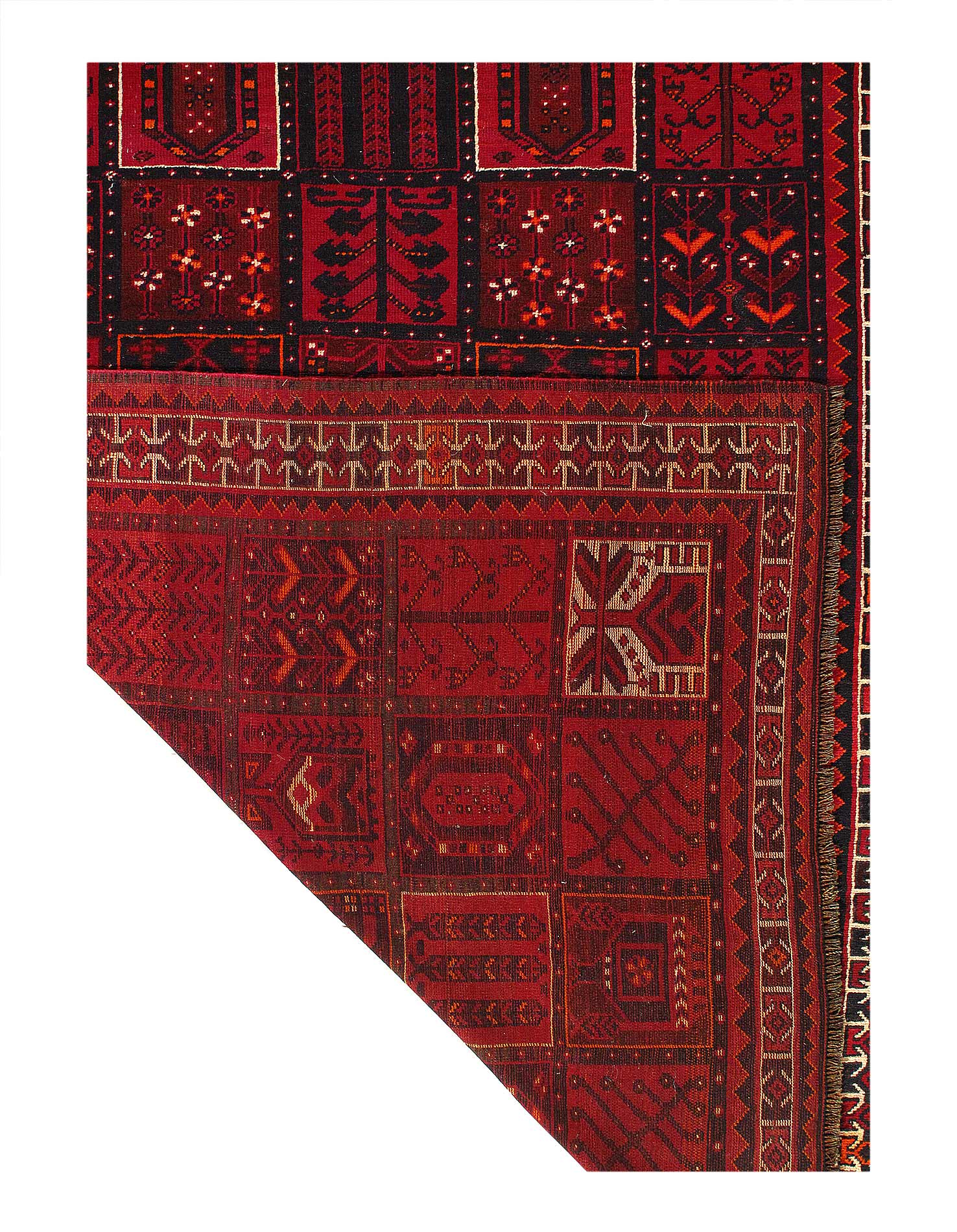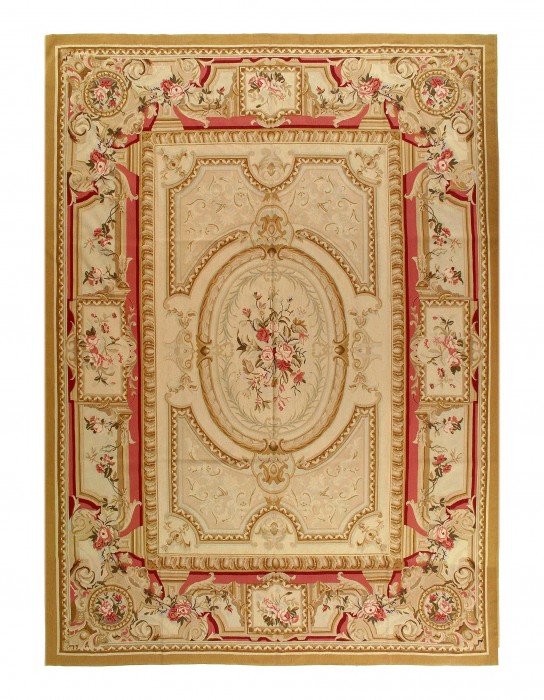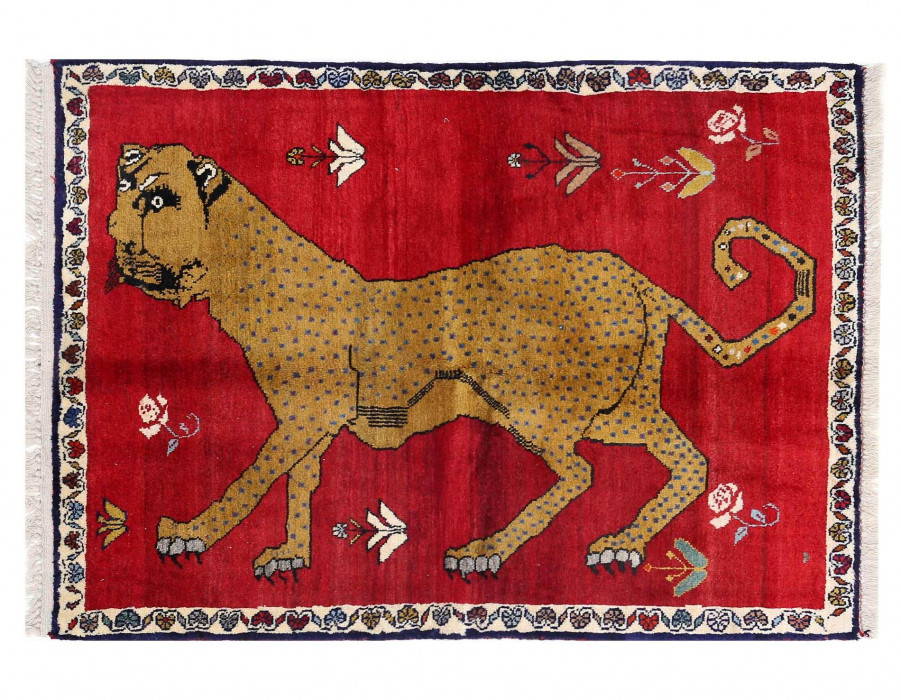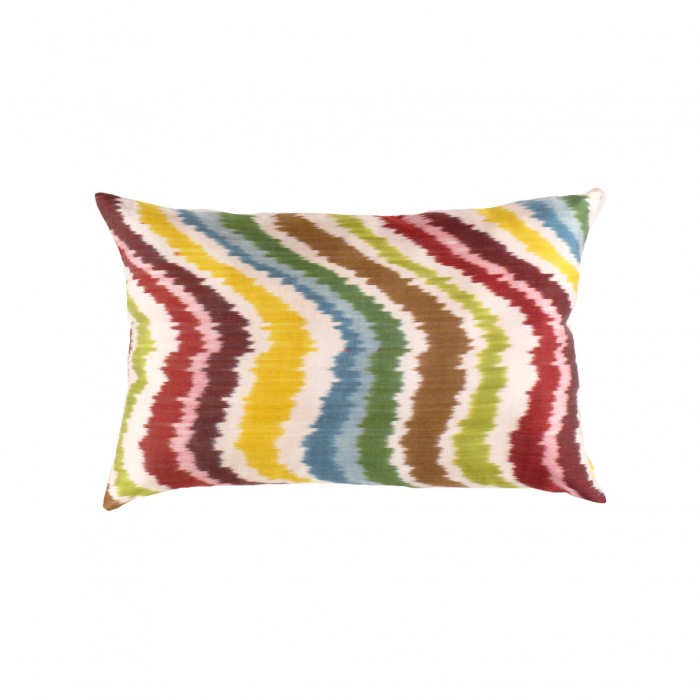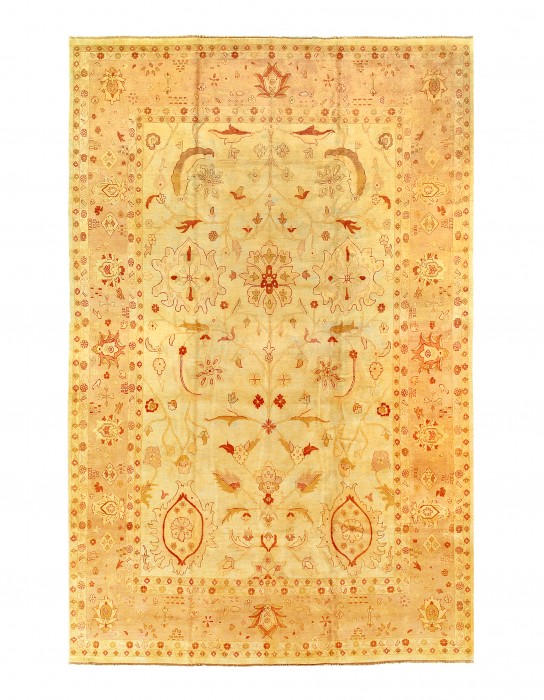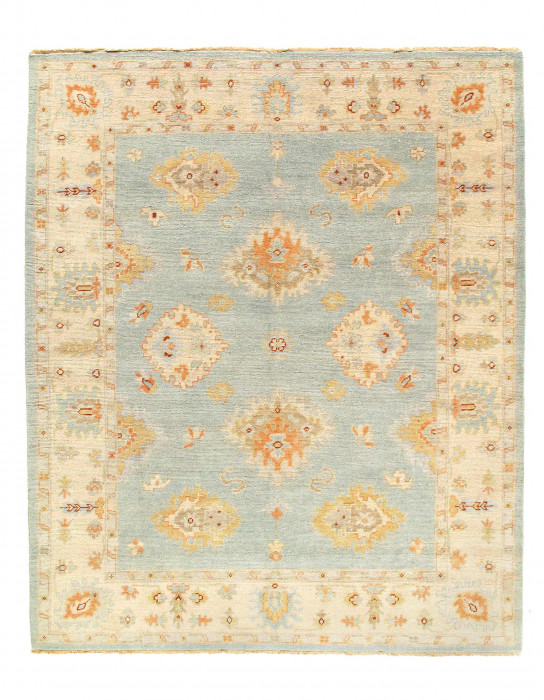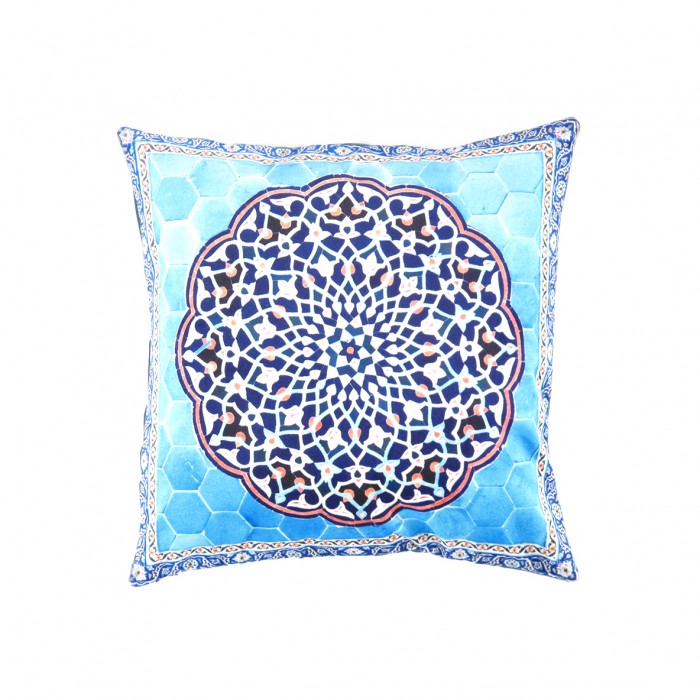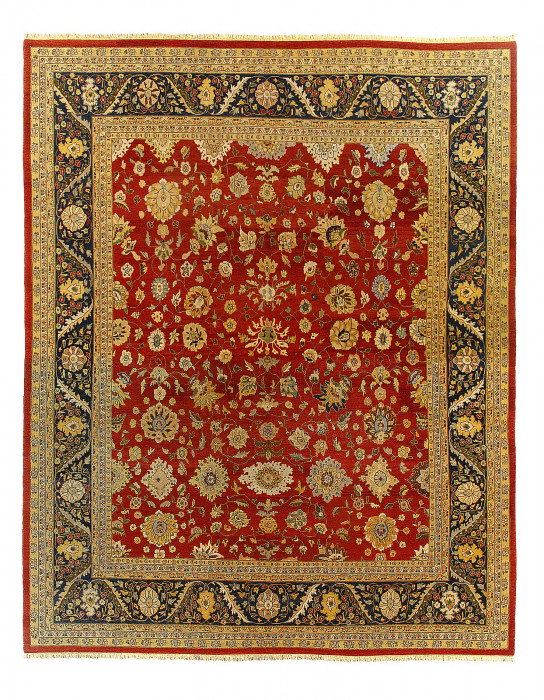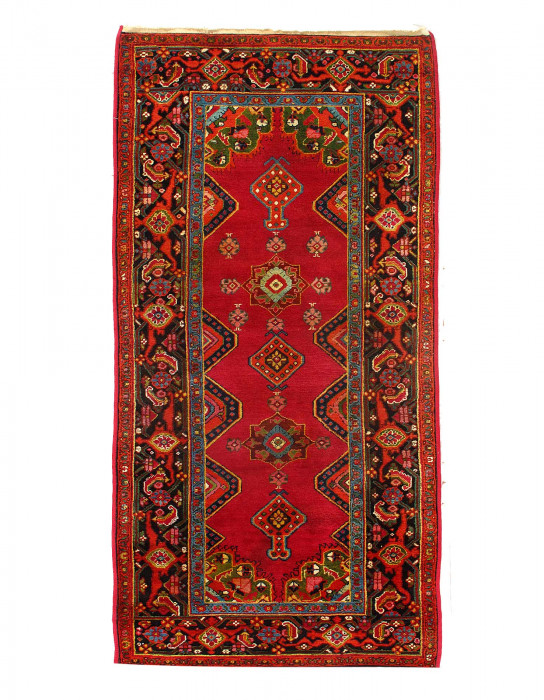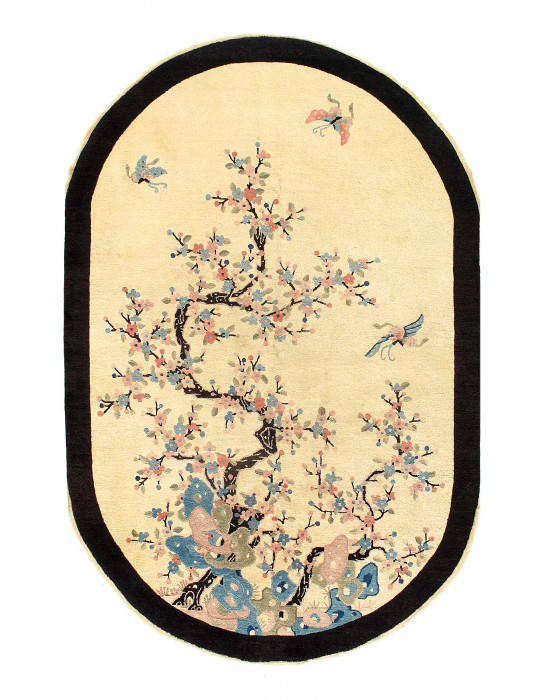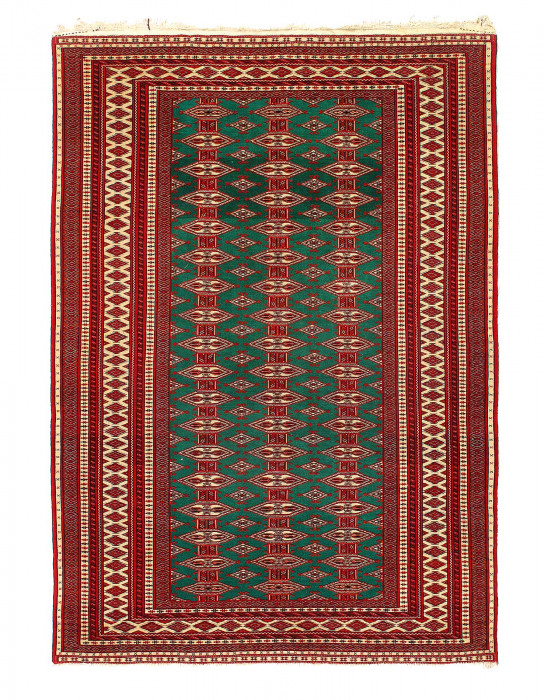Red Persian baluch Rug 6'8'' X 9'3''
| SKU | 54767 | UPC | 7426973525044 |
| Brand | Pasargad DC |
| Collection | One of a Kind |
| Design | Baluch |
| Matterials | Lamb's Wool |
| Shape | Rectangle | Weaves | Hand-Knotted |
| Primary Colors |
|
| Border Color | |
| Size | 6'8'' x 9'3'' feet |
| Foundation | wool |
| Country Of Origin | Iran |
| Age | VINTAGE |
Review
Product Detail
Baluch Rugs – Antique Baluch rugs are a unique phenomenon in the world of antique Oriental rugs. Rather than originating from one specific, easily identified region, Baluch rugs are actually expressive of an extraordinarily wide range of styles. After a fashion, the style that characterizes Baluch rugs is more of an amalgamation of Turkish rugs, Persian rugs and Caucasian rug styles than a distinct style in and of itself. This is largely due to the fact that the historical region where Baluch rugs have been produced, Baluchistan, is no longer an independent, autonomous region.
This historical region is referred to as Baluchistan. Today, this historical region exists on either side of the border between Iran and Pakistan, though, in the past, it was a semi-autonomous nation, unified by the Baluch language.Today, Baluch is defined according to Iranian law, and is divided into subgroups where more distinct styles arise. However, the main area for weaving was in the are around the border between Iran and Afghanistan, giving rise to the hybrid of styles reflected in the antique rugs of Baluchistan. The rugs are defined by their coarsely woven structure and their tree of life motif. They can be primarily recognized by their exceptional wool quality and color combination.
Information About Antique Baluch Rugs
Baluch Rugs– Within the antique Oriental rugs milieu familiar to collectors and rug enthusiasts, no single group of rugs has had a more checkered or contested career than Baluch rugs and carpets, woven by tribes people in eastern Persia and western Afghanistan.
Perhaps the most rudimentary (and most common) arguments against these tribal pieces came from decorators who often found Baluches to be too dark with a relatively restricted range of colors and minimal use of ivory or white. They also pointed to their fragility, due largely to the looseness of their weave and the softness of their wool.
Creative or historical opponents, however, argued that most of the designs encountered in Baluch weavings could be paralleled closely to the rugs of the neighboring Turkoman tribes, or in the city and village rugs of nearby Iran. This made Baluches derivative and therefore less creative or authentic.
Those in the trade even argued that historically these rugs were never as valuable as other rugs from geographically proximate areas in Persia, the Caucasus, or Turkey. Dealers acquired them cheaply and in times past tended to give them away as deal sweeteners when someone bought a few room-size Persian rugs or Caucasian rugs.
🌀 Choosing the right rug can transform your living room!
- Size matters: Make sure your rug fits the seating area all furniture legs should rest on it or at least the front legs.
- Style & color: Pick a rug that complements your furniture. Neutral rugs work well for bold furniture, while colorful rugs add vibrancy to neutral rooms.
- Material: For high-traffic areas, choose durable materials like wool or synthetic fibers.
- Texture: Plush rugs add warmth, while flat-weave rugs are easier to maintain.
😄 Need help? Contact our support or check out our blog for more tips!
Don't forget to add a rug pad—it helps your rug feel better and last longer!
